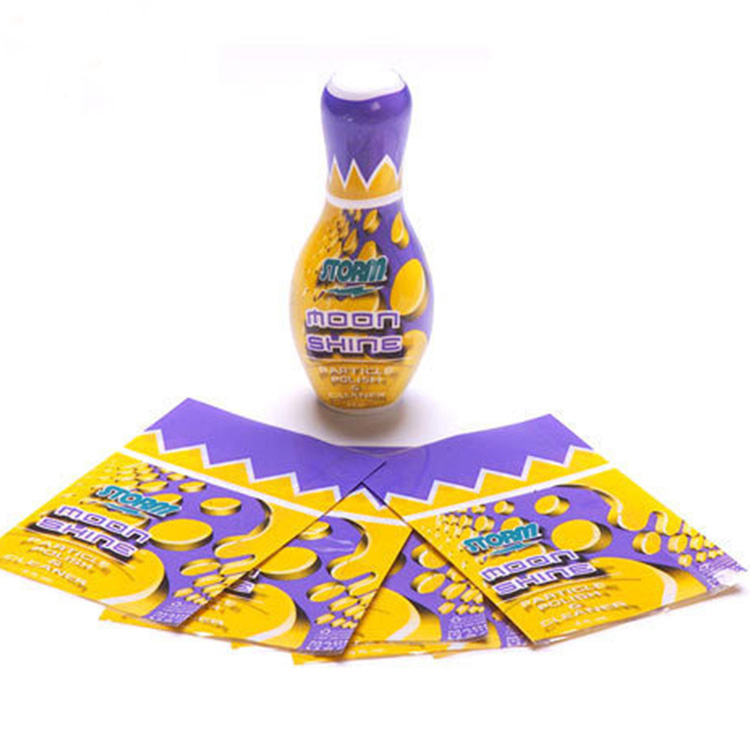Shrink labels, also known as shrink sleeves, have revolutionized product packaging in recent years with their versatility and aesthetic appeal. This innovative technology involves the use of heat to shrink a label around a container, creating a snug fit that conforms to the shape of the product. Let's delve into the technical aspects of shrink label technology to understand how it works and its various applications.
How Shrink Labels Work
Shrink labels are typically made from PVC, PET, or OPS materials that have been specially formulated to shrink when exposed to heat. These labels are printed with high-quality graphics, text, and branding elements using advanced printing techniques such as flexography or digital printing.
During the application process, the shrink label is placed around the product container and then exposed to heat in a shrink tunnel or with a heat gun. The heat causes the label to shrink and conform tightly to the shape of the container, providing a 360-degree coverage that enhances the visual appeal of the product.
Benefits of Shrink Labels
360-Degree Branding: Shrink labels offer a vast canvas for branding and product information, allowing for vibrant graphics and text to be displayed around the entire container.
Tamper-Evident Packaging: Shrink labels provide a tamper-evident seal that ensures the integrity of the product, giving consumers confidence in the safety and authenticity of the item.
Customization Options: Shrink labels can be customized in terms of size, shape, and design, allowing for unique and eye-catching packaging solutions.
Durability: Shrink labels are resistant to moisture, abrasion, and fading, ensuring that the branding remains intact throughout the product's lifecycle.
Applications of Shrink Labels
Shrink labels are commonly used in various industries, including food and beverage, cosmetics, pharmaceuticals, and household products. They are ideal for packaging containers of different shapes and sizes, ranging from bottles and jars to cans and boxes.
In the food and beverage industry, shrink labels are popular for promoting new products, enhancing shelf appeal, and providing product information to consumers. In the cosmetics industry, shrink labels are used to create premium packaging for skincare products, perfumes, and beauty items.
Conclusion
Shrink label technology continues to evolve, offering innovative solutions for product packaging and branding. With their versatility, durability, and aesthetic appeal, shrink labels have become a preferred choice for businesses looking to stand out in a competitive market. By understanding the technical aspects and benefits of shrink labels, companies can leverage this technology to create visually stunning and functional packaging solutions for their products.

